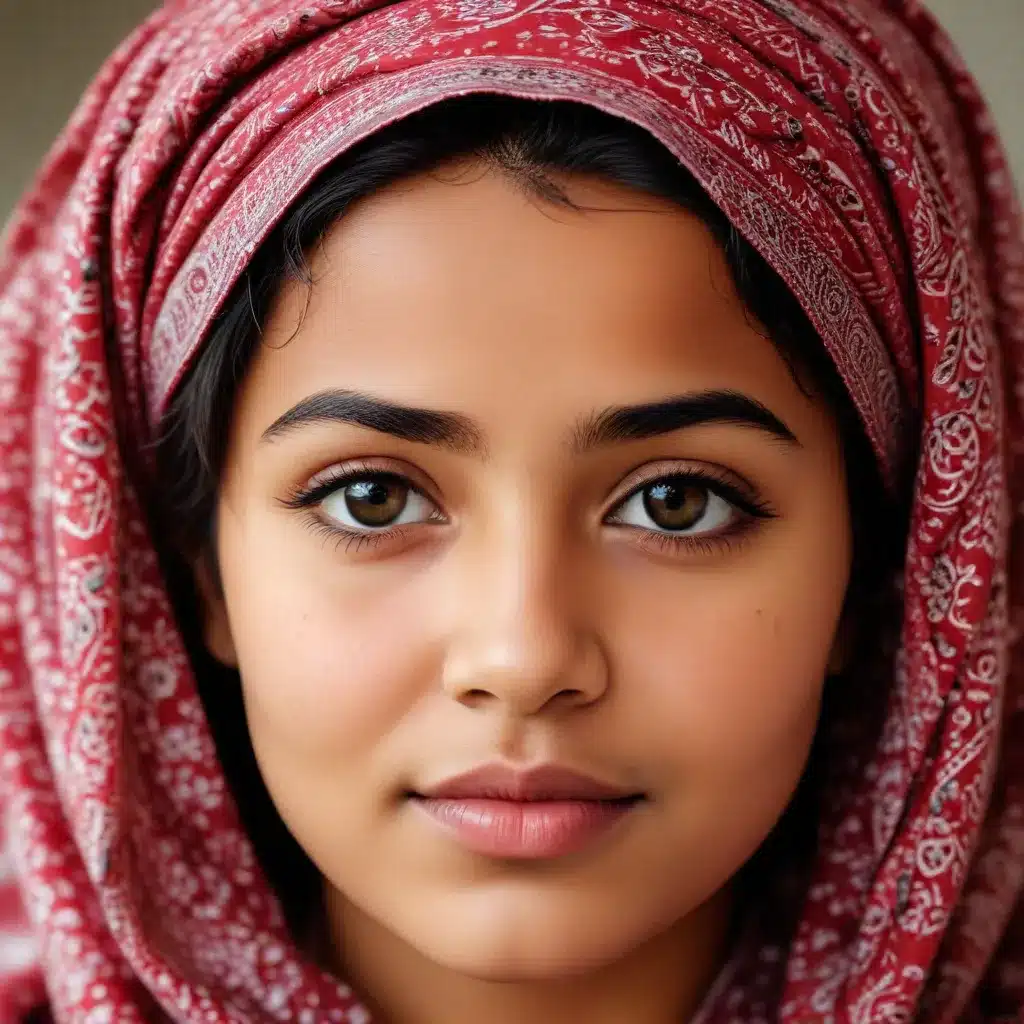
The Importance of Historical Context
In the modern age, the concept of child marriage has become a highly contentious and controversial issue, rightly sparking outrage and condemnation across the world. The practice of marrying off young girls, often to much older men, is widely recognized as a violation of human rights and a form of gender-based oppression. However, when examining historical accounts, it is crucial to understand the social, cultural, and moral frameworks of the time, rather than applying contemporary standards anachronistically.
The case of Aisha, one of the wives of the Prophet Muhammad (peace be upon him), is a prime example of this need for historical contextualization. The reported age of Aisha at the time of her marriage to the Prophet has been a source of much debate and controversy, with some modern commentators condemning the marriage as an act of child abuse or even rape. It is essential that we approach this topic with sensitivity, nuance, and a deep understanding of the lived realities of the 6th and 7th-century Arabian society in which it took place.
Navigating the Historical Sources
The primary sources that provide information about Aisha’s age at the time of her marriage to the Prophet Muhammad vary in their accounts. The most widely cited source is the hadith (record of the Prophet’s sayings and actions) collected by al-Bukhari, which states that Aisha was six years old at the time of her marriage and nine years old when the marriage was consummated.
However, other historical sources, such as the works of Ibn Sa’d al-Baghdadi and Ibn Khallikan, suggest that Aisha was nine years old at the time of marriage and twelve years old at consummation. These discrepancies in the historical record highlight the challenges in establishing a definitive timeline and the need to approach the sources with a critical eye.
It is important to note that the concept of “age” in the ancient world was often a matter of approximation, rather than the precise numerical measurement we are accustomed to today. Many scholars have argued that the references to Aisha’s age in the hadith should be interpreted as a general indication of her young status, rather than a specific numerical value.
Furthermore, the notion of childhood and adolescence as we understand it today was not necessarily the same in 6th and 7th-century Arabia. The social and cultural norms of the time dictated different thresholds for adulthood and the appropriate age for marriage, which may seem at odds with modern sensibilities.
Navigating Moral and Ethical Considerations
The marriage between the Prophet Muhammad and Aisha, regardless of her precise age, has been a source of much debate and controversy, particularly in the modern era. Some have argued that the marriage was an act of pedophilia or child abuse, while others have sought to defend it as a culturally appropriate practice within the context of the time.
It is crucial to acknowledge the gravity of these accusations and the sensitivity of the topic. Any discussion of this matter must be approached with the utmost care and respect, recognizing the deep-rooted emotions and beliefs that surround it.
At the same time, it is important to recognize that the moral and ethical frameworks of the past may not align with our modern understanding of human rights and the protection of children. The marriage between the Prophet Muhammad and Aisha, while accepted and even celebrated within the historical context of 6th and 7th-century Arabia, would be considered unacceptable and abusive by today’s standards.
However, it is essential to avoid moral absolutism and recognize the nuances and complexities inherent in historical events. Condemning the actions of historical figures based on contemporary norms can lead to a dangerous form of presentism, where we judge the past through the lens of the present without considering the distinct social, cultural, and moral realities of the time.
Fostering Understanding and Dialogue
As an educational institution, Stanley Park High School recognizes the importance of fostering a deeper understanding of historical events, while also acknowledging the need to uphold modern values of human rights and child protection. This delicate balance is particularly relevant when exploring the case of Aisha and her marriage to the Prophet Muhammad.
It is our duty as educators to provide our students and community with a well-rounded and nuanced perspective on this topic, one that considers the historical context, the complexities of the sources, and the evolving moral and ethical considerations. By doing so, we can help our young learners develop the critical thinking skills necessary to navigate complex and controversial issues, while also instilling in them a respect for diverse cultural and religious traditions.
At the same time, we must be mindful of the sensitive nature of this topic and the potential for it to be exploited by those seeking to sow discord or spread misinformation. As such, we encourage open and respectful dialogue, where different perspectives can be expressed and explored, always with the goal of promoting greater understanding and empathy.
Conclusion
The case of Aisha’s age at the time of her marriage to the Prophet Muhammad is a complex and multifaceted issue that requires careful consideration of historical context, nuanced interpretations of the sources, and a deep understanding of the evolving moral and ethical frameworks that shape our modern world.
As an educational institution, Stanley Park High School is committed to providing our students and community with the tools and knowledge necessary to navigate such controversial topics with sensitivity, critical thinking, and a respect for diverse cultural and religious traditions. By fostering open and constructive dialogue, we can work towards a greater understanding of our shared history and the values that guide us in the present and future.

